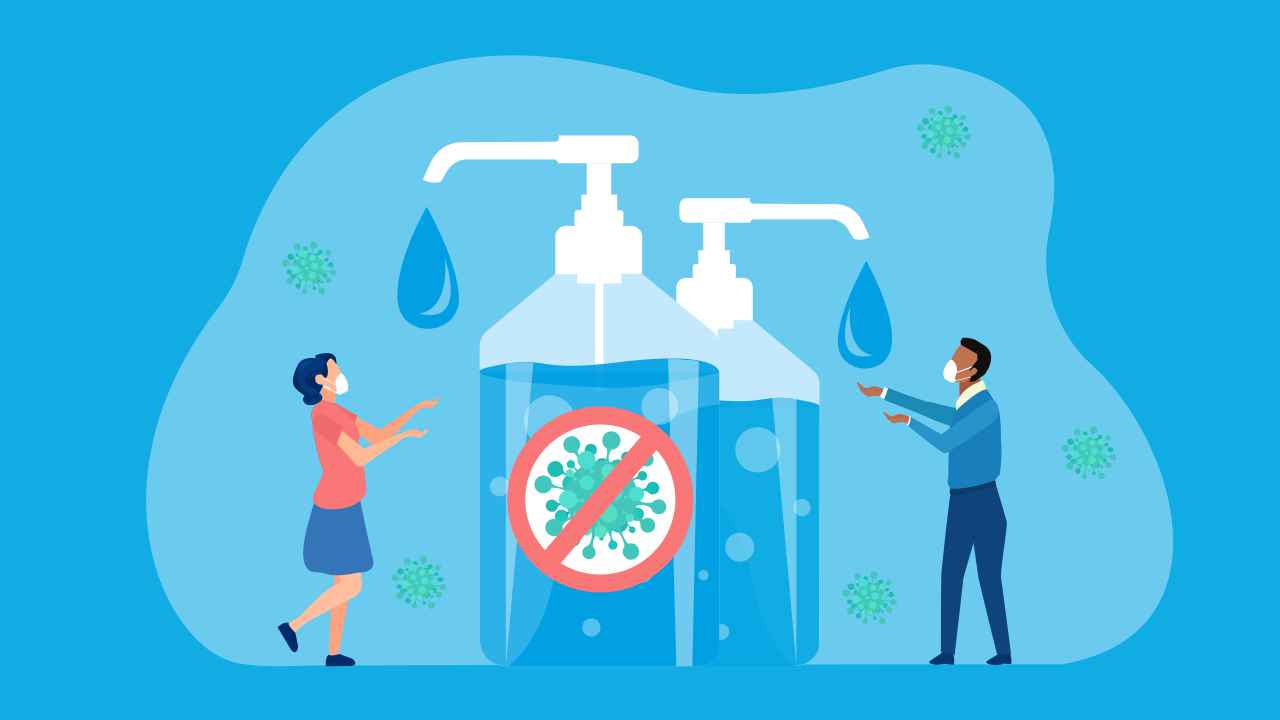
Swimming Hygiene: Health Etiquette for the Pool

Summer, for most, is synonymous with long hours in the pool. But crowded swimming pools are also a hotbed for germs and infection. They were one of the first services to be shut for instance, when Covid-19 spread across the globe. But your swimming pool is chlorinated, and hence, safe, right? Wrong. Chlorine does not instantly kill germs. Due to constant overuse of chlorine, certain germs also develop chlorine resistance.
Recreational water illness (RWI) can spread by swallowing or breathing in mists or aerosols from contaminated water in a public pool, jacuzzi, or spa, and even lakes or rivers. The germs and chemicals present in the water can cause a wide range of infections such as gastrointestinal, ear, skin, eye, wound infection, diarrhea, and even neurological disorders.
According to reports by the Centers for Disease Control and Prevention (CDC), 500 different types of RWIs were reported from 2000 to 2014. Common infections are:
| Causative agent | Infection |
| Cryptosporidium | Gastrointestinal infection |
| Pseudomonas | Respiratory infection |
| Shigella | Gastrointestinal infection |
| E.coli | Gastrointestinal infection |
| Legionella | Respiratory infection |
| Giardia | Gastrointestinal infection |
| Norovirus | Gastrointestinal infection |
| Schistosomes | Skin infection |
| Algal toxins | Skin, gastrointestinal, and respiratory infection |
| Pool chemicals (chlorine, bromine, hydrochloric acid) | Skin, gastrointestinal, and respiratory infection |
The most common RWI is diarrhea caused by cryptosporidium. To stay safe, swimmers need to take adequate precautions and practice good hygiene before and after swimming.
How to prevent RWI
1. Children, pregnant women, and people with weak immune systems should avoid entering public pools because of their increased susceptibility to RWIs
2. Swimmers need to maintain swimming hygiene by doing the following:
a. If you are sick, do not enter the pool. Many microorganisms can survive for days even in chlorinated water, and you would only be putting others to risk
b. Do not go for a swim if you have an eye infection, fungal infection, or if there is an epidemic of conjunctivitis or flu in your neighborhood
c. Do not enter the pool if you have been diagnosed with diarrhea, urinary tract infection, or a sexually transmitted infection. Get a clearance from your physician before you resume swimming
d. Do not enter the pool if it looks greasy or unclean
e. Before entering the pool take a shower to get rid of sweat and dirt
f. Check chlorine levels (1 to 3mg/l), pH (7.2 to 7.8), and if applicable, bromine levels (3mg/l) before entering the water by using pool test strips
g. Most swimming pools observe a weekly cleaning day and a dry day. Make sure the pool that you visit is following proper pool maintenance guidelines
h. Wear a water-proof sunscreen
i. Cover your hair with a cap for protection
j. Wear swimming goggles to protect your eyes
k. Always carry your own towels and water bottles
l. Never walk barefoot in the changing room as you may contract fungal infections
m. Never poop or pee in the pool
n. Do not swallow pool water
o. Dry your ears properly after swimming
p. If you are taking children along, take them for regular bathroom breaks and diaper changes. Do not change diapers at the poolside as it can contaminate the water
q. After swimming, take a bath to get rid of chlorinated water and any germs
Can you swim during your periods?
Yes, you can. A study showed that swimming can help relieve menstrual cramps in 70% women as it acts like an aerobic exercise. You just need to take proper precautions to avoid leakage of menstrual blood. Generally, tampons, menstrual cups, or period-friendly swimwear are good options. Remember to periodically change your tampons, and wash your hands before and after changing. Pads and panty liners are a big no-no because they tend to soak water.
Swimming is not only a great workout, but is a lot of fun as well. However, it’s imperative to practice sound hygiene to protect yourself — and others — from RWIs. Very often, staying away till the danger is past is the simplest and the best option.
References
1. Sanborn M, Takaro T. Recreational water-related illness: office management and prevention. Can Fam Physician 2013; 59: 491–5.
2. Maged AM, Abbassy AH, Sakr HRS, et al. Effect of swimming exercise on premenstrual syndrome. Arch Gynecol Obstet 2018; 297: 951–9.
3. Recreational Water Illnesses (RWIs). MedicineNet. https://www.medicinenet.com/recreational_water_illnesses_rwis/article.htm (accessed Mar 17, 2021).
4. Healthy Swimming. Centers for Disease Control and Prevention. https://www.cdc.gov/healthywater/swimming/swimmers/rwi.html (accessed Mar 17, 2021).
5. Swimming Hygiene. Centers for Disease Control and Prevention. https://www.cdc.gov/healthywater/hygiene/swimming/index.html (accessed Mar 17, 2021).
6.Steps for Healthy Swimming. Centers for Disease Control and Prevention. https://www.cdc.gov/healthywater/swimming/swimmers/steps-healthy-swimming.html (accessed Mar 17, 2021).













